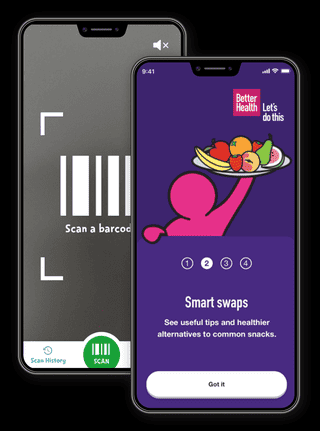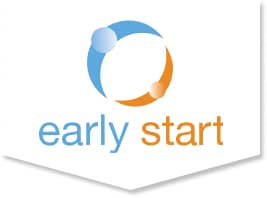Getting to know your labels on the food and drink that you purchase is a great way to understand what a product contains. Taking a look at food labels can help you to know the nutritional value of the foods we are buying. Reading labels also highlight some of the ingredients we want to include less of in our diets.
You will be able to find the nutrition information label on the back or on the side of a product. On these labels you will be able to find the following information:
- Ingredients list
- The amount of energy (calories) – you will see this as kilojules (kj) and kilocalories (kcal)
- The amount of fat, saturates (saturated fat), carbohydrates, sugars, protein, fibre and salt – you will see this information provided per 100g or per portion
- Allergy information* – if the production contains any of the main 14 allergens it will be highlighted in bold on the ingredients list.
Why It’s Important to Know your Labels?
It’s important to support children to access healthy, balanced and nutritious foods and drinks. Being able to read food labels is a great way to ensure the foods and drinks we provide to children are low in fat, salt and sugar.
Children are having nearly two times more sugar than the recommended daily amount every day. Half of this sugar is coming from snacks and drinks. We also know there’s a link between dental decay and the consumption of foods and drinks high in sugar. Drinks high in sugar may also play a significant role in the development of overweight and obesity in children and young people. For more guidance on reducing sugar in children’s meals and snacks you can read our blog here (opens in new tab).
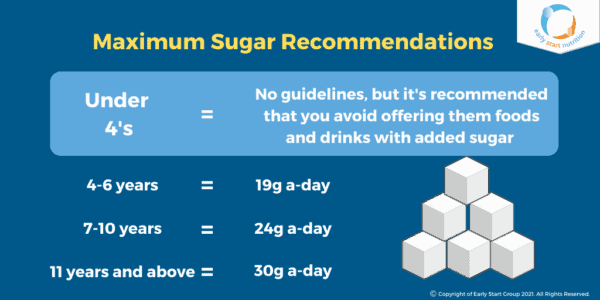
A quarter of children’s saturated fat comes from unhealthy snacks such as cakes, pastries and chocolate. High saturated and trans fat intakes are associated with raised blood cholesterol levels. Studies have shown that blood cholesterol levels ‘track’ through childhood, adolescence and into adulthood and are a major risk factor for coronary heart disease in later life.
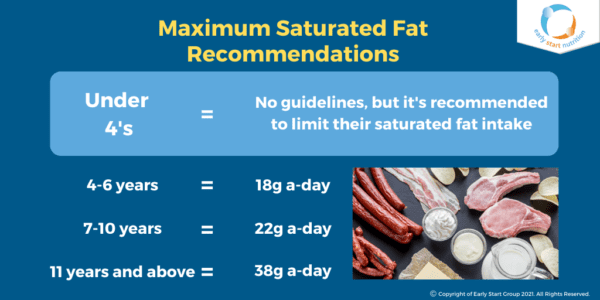
A diet high in salt can cause health issues such as high blood pressure, in later life. Most of the salt in our diet comes from manufactured and processed foods. Children are consuming similar amounts of salt to adults at around 9g per day! You can find more information on the salt recommendations for children and adults by reading our blog (opens in new tab).
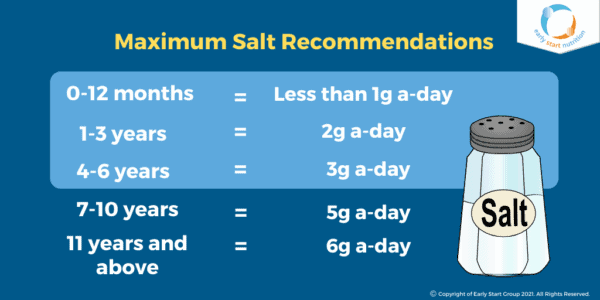
How to read food labels?
When reading food labels the following are some key points to consider.
- Nutrition labels are often displayed as a panel or grid on food packaging, however sometimes they appear as text
- Information on the back or side of the packaging tells us the energy content of the products, plus the amounts of fat, sugar and salt it contains
- Nutrition information is normally displayed as ‘per 100 grams (100g)’ of the product, and sometimes ‘per portion’ (such as ‘one slice’)
- Top tip– when shopping for foods, it’s best to look at the nutrition information ‘per 100g’, as this allow you to make an easy comparison between different products
- The trouble with using the ‘per portion’ information, is that the portion sizes are often different, and it can be difficult to accurately compare which is the more nutritious option. They’re often not appropriate portion sizes for young children either.
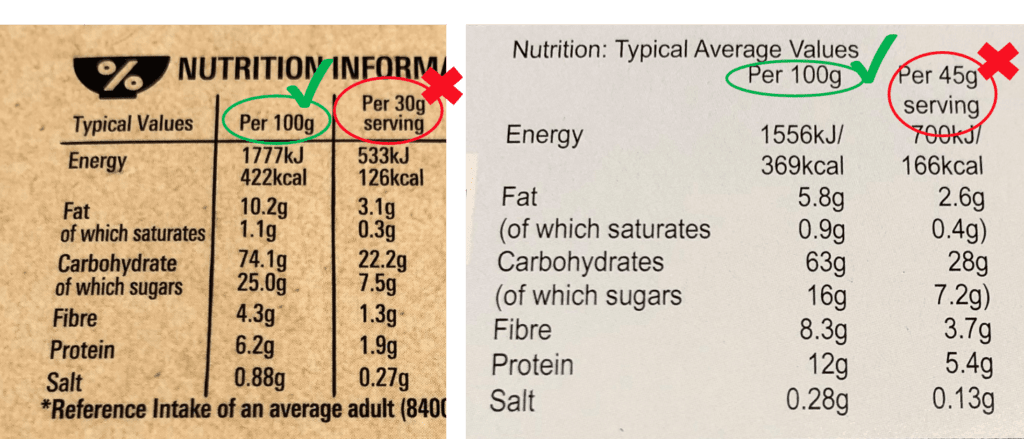
Label Reading Card
- As you can see in the image below, a label reading card has three colour coded columns- green, amber and red- which corresponds to low, medium and high
- The aim of label reading is to try and choose products which are labelled as low (green) or medium (amber) in saturated fat, sugar and low in salt (green) and to limit those that are labelled as high (red)

Label Reading Resources
Better Health Healthier Families have a NHS Food Scanner App (opens in new tab) which is free for families to download and helps you to make healthier food choices by cutting down on fat, salt and sugar. Families can scan the barcode of different food and drink products allowing you to compare the ingredients in different brands and select the healthiest options.
